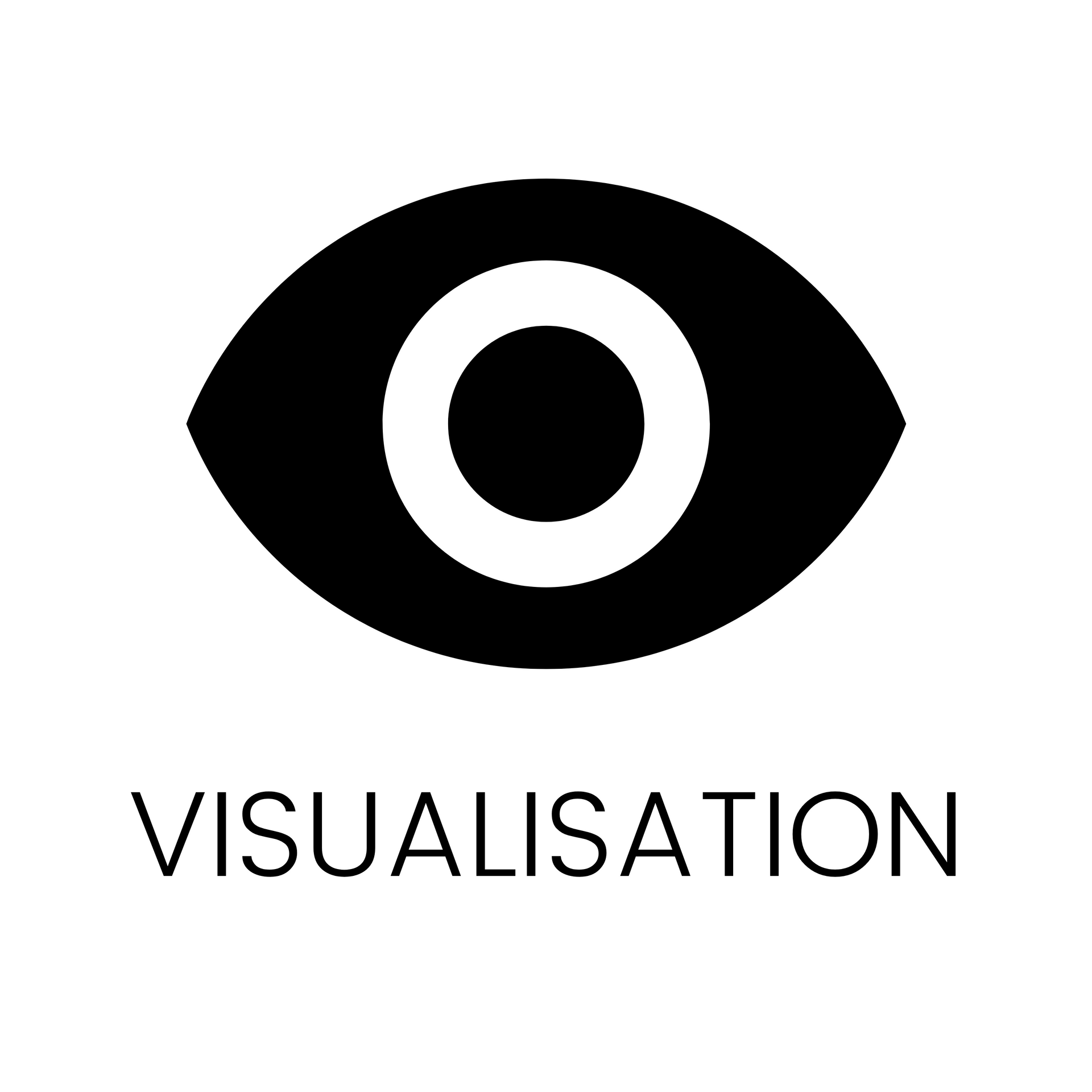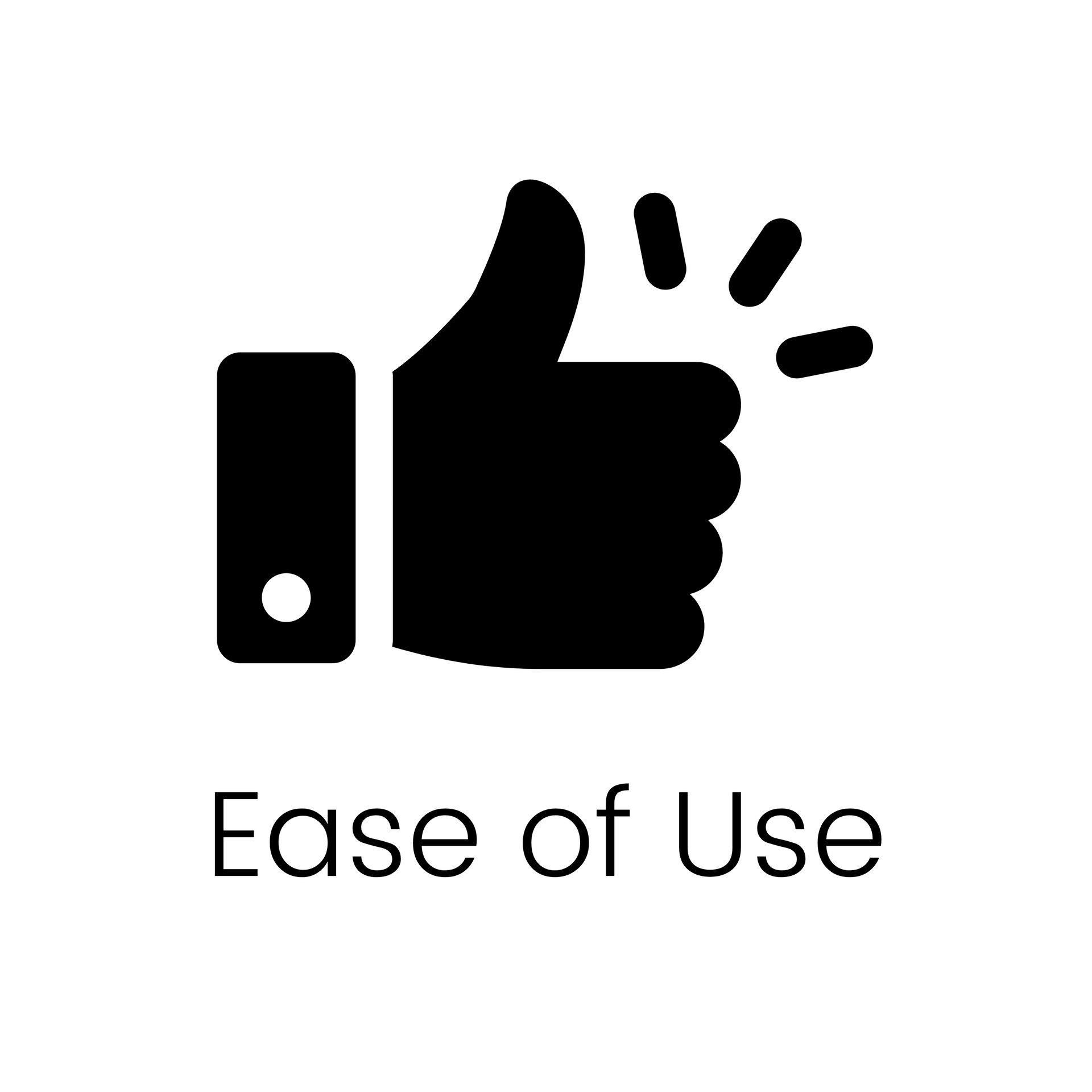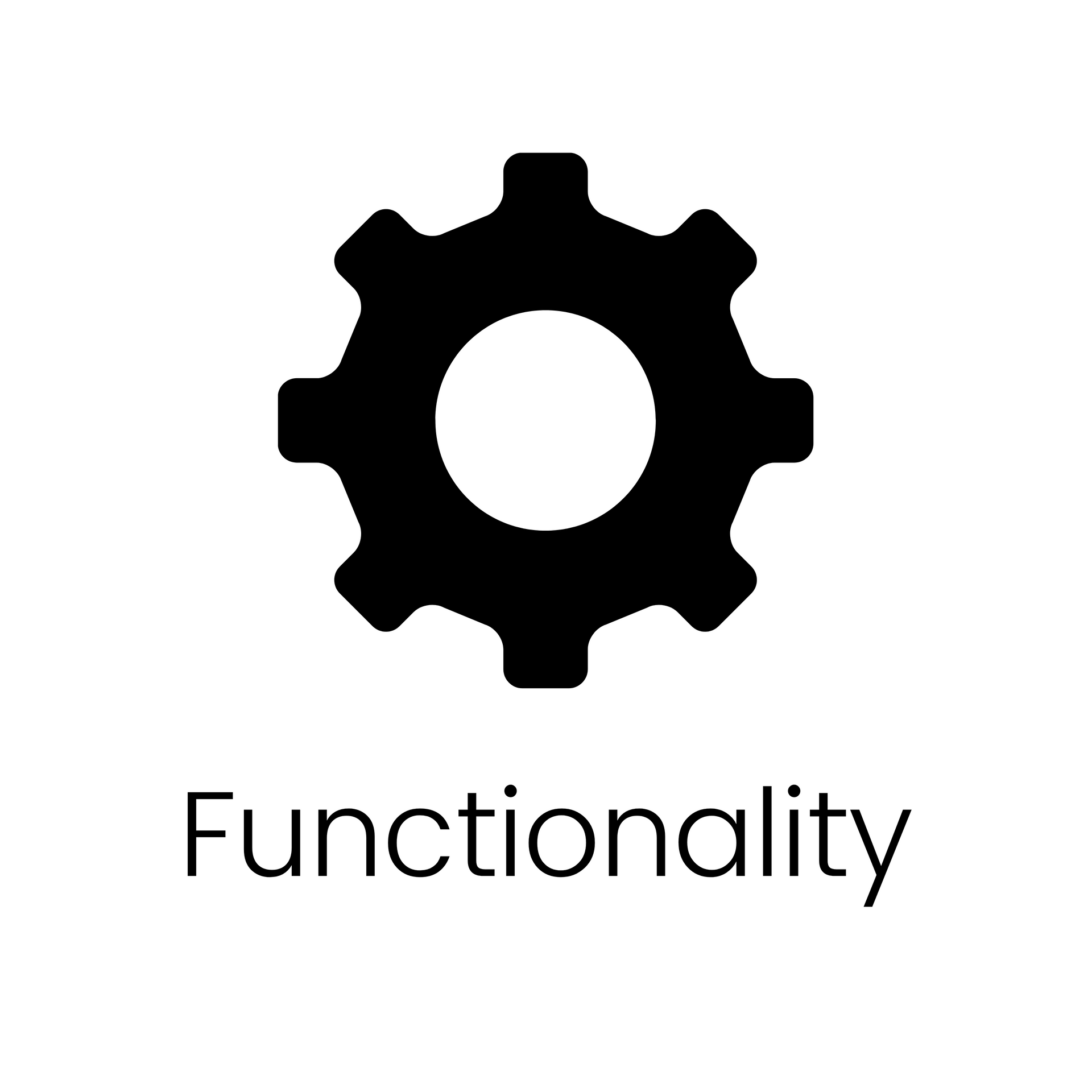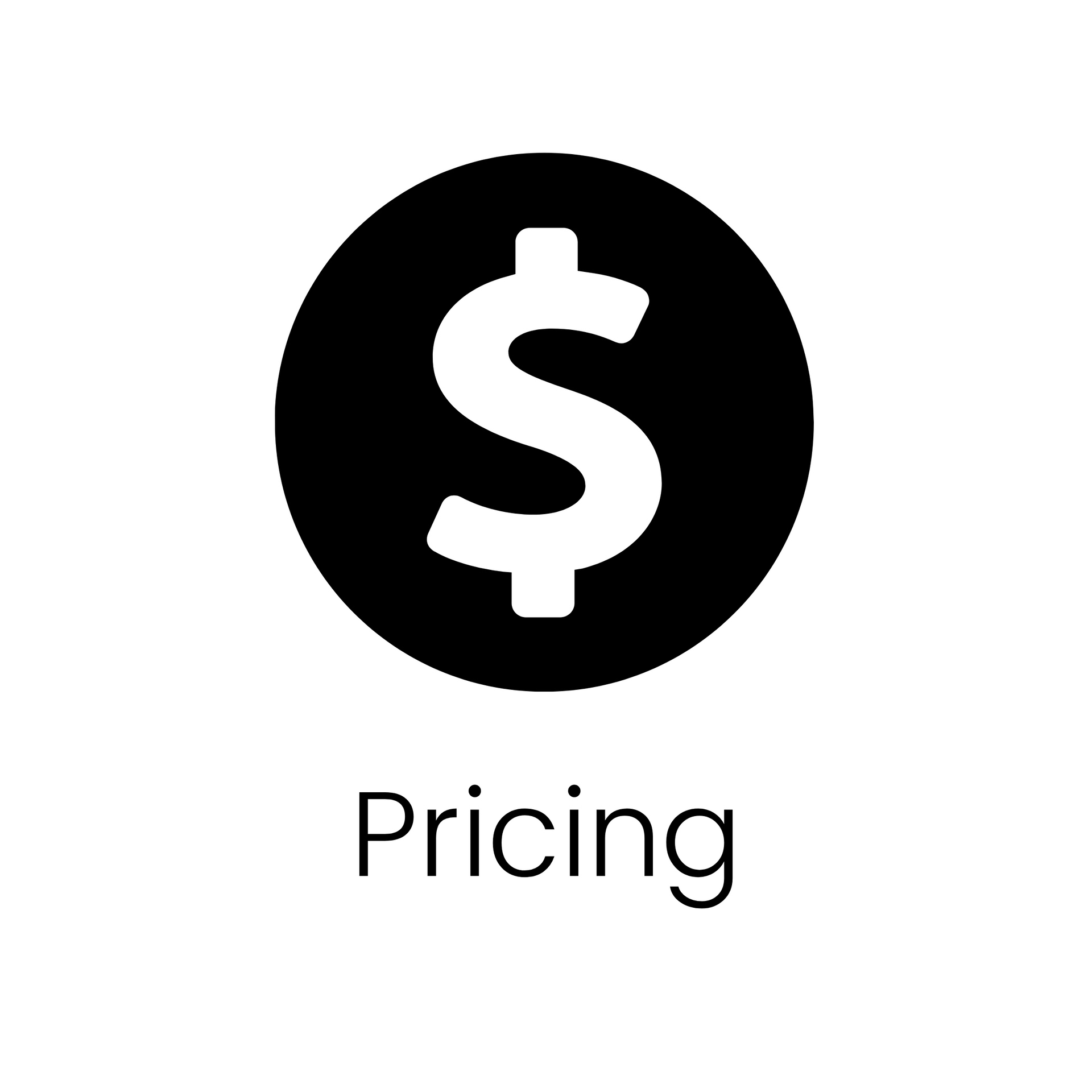Not All Charts are Created Equal:
PowerBI | Tableau | Looker
Scroll to Learn More ↓
Not All Charts are Created Equal:
PowerBI Tableau Looker
Scroll to Learn More ↓
From LEGACY TO AI BLUEPRINT:
Humanise Data One System at a Time
Jeremy Burton

Olivia Lee
INTELLIGEN CONSULTANT
Meet Olivia Lee – one of our brilliant consultants.
With a background in customer and insights analysis across industries like gaming, insurance and retail, Olivia brings a sharp eye for data storytelling and dashboard design. She’s skilled in tools like PowerBI, BigQuery, Tableau, Looker and SQL, and has a knack for turning complex datasets into clear, business-friendly insights.
Published on April 7, 2025 by
Olivia Lee
As businesses become increasingly data-driven, the need for effective platforms to deliver insights has grown. But with so many options out there, I often get asked: which tool is best?
As controversial as this may be, I’m going to take the risk and walk you through three of the most popular data visualisation tools, Power BI, Tableau, and Looker Studio, and rank them across a few key categories:
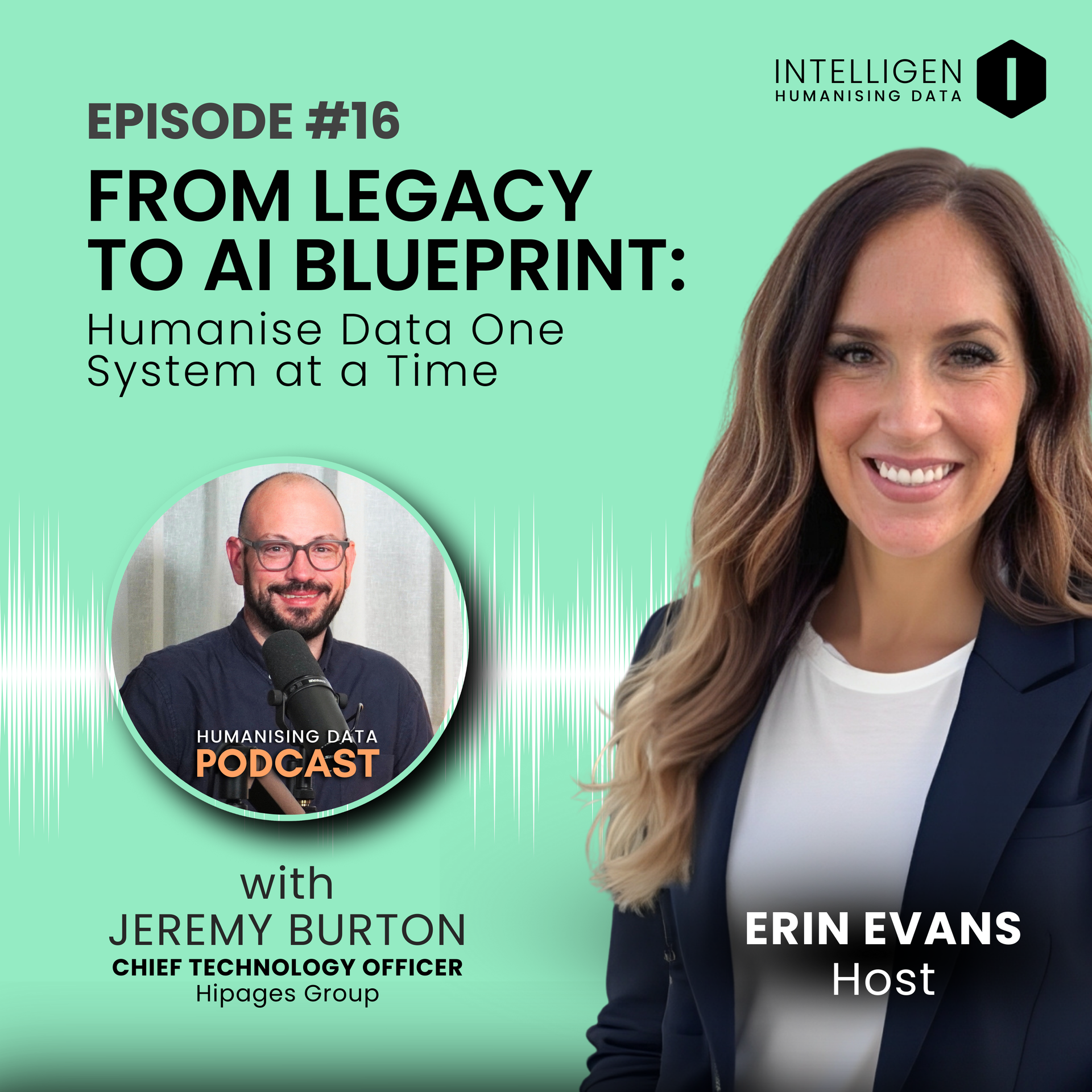
In this episode of Humanising Data, host Erin Evans is joined by Jeremy Burton, Chief Technology Officer at hipages Group, for a dynamic conversation on modernising legacy systems, scaling AI with intent, and cultivating a culture where data empowers people — not just processes.
With a 22-year career spanning global banks to Australia’s leading tradie platform, Jeremy shares his evolution from the early days of SQL scripting to leading transformative AI initiatives that drive real-world outcomes. He breaks down his strategic approach to embedding AI into product experiences, fostering experimentation, and equipping teams with the skills to thrive in a data-rich world.
From governance and growth to the future of engineering roles, this episode offers a sharp, thoughtful look at how tech leaders can humanise data while keeping innovation at the forefront.
Ease of Use Features
When it comes to ease of use, Looker Studio takes the top spot. Its web-based drag-and-drop interface is intuitive, especially for non-technical users. If you're used to the Google ecosystem, the interface will feel familiar right away.
Power BI and Tableau come in as close seconds. Both tools have sleek interfaces that make it easy to drag and drop fields into visuals. I’ve seen plenty of beginners pick them up quickly and start building out basic dashboards.
That said, Power BI does have an edge if you’ve used other Microsoft products before. The DAX formula language feels similar to Excel formulas, and Power Query (used in Excel and Access) adds a nice layer of familiarity. But whether it’s Power BI or Tableau, moving from basic to advanced visualisations does involve a learning curve which I’ve experienced firsthand.
Pricing
This one’s pretty straightforward.
> Looker Studio is the most affordable—it’s free as part of the Google ecosystem.
> Power BI comes next, with flexible pricing options based on your needs:
- Power BI Pro: $15 per user/month
- Power BI Premium Per User (PPU): $20 per user/month
The PPU licence unlocks additional features like automated report exports, deployment pipelines, and increased data capacity (100GB vs 1GB in Pro). It’s worth noting that even to view a Power BI report in a Pro or Premium Workspace, you’ll need a valid licence.
> Tableau is the priciest option:
- Tableau Viewer: $15 per user/month (for report viewing only)
- Tableau Explorer: $42 per user/month (for interacting with dashboards)
- Tableau Creator: $75 per user/month (for full dashboard creation)



